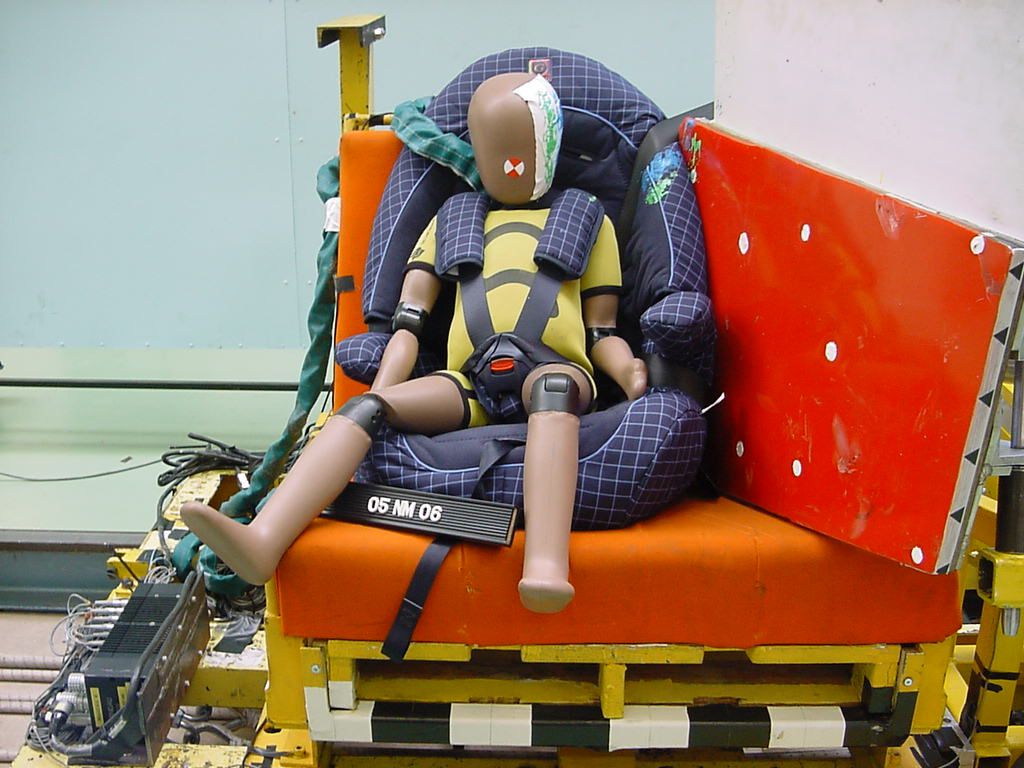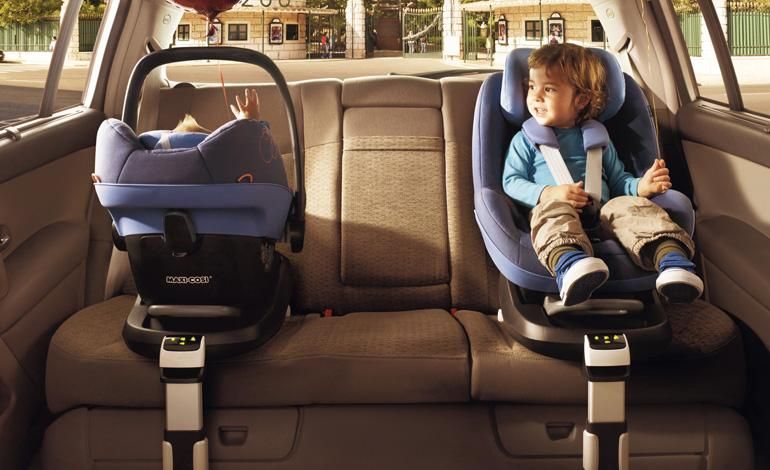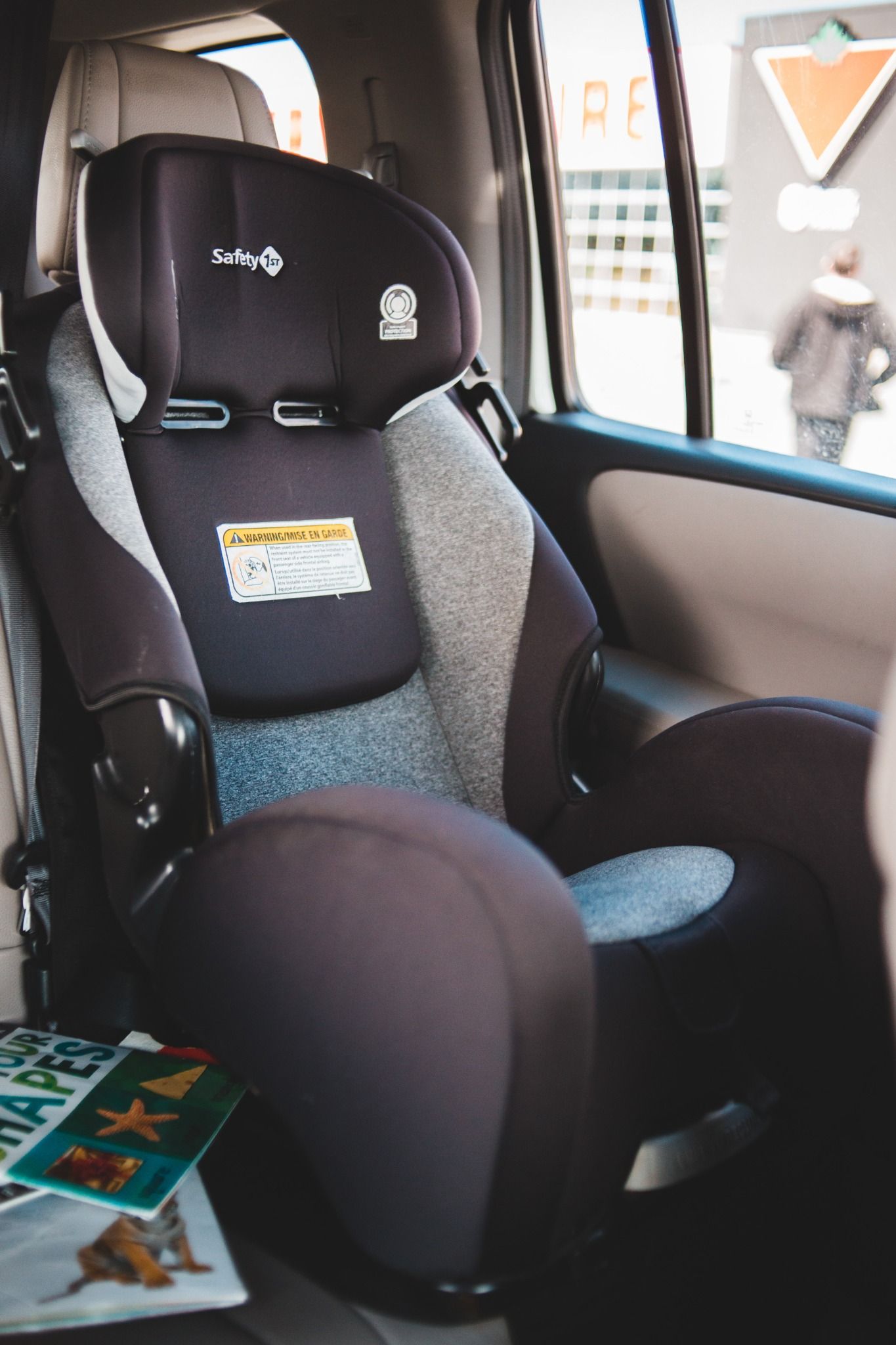How do I choose the right car seat?
- Choose between height or weight based seats
- ensure they have the appropriate EU approved label
- check your car has isofix built-in
- NEVER use a secondhand seat

Choosing the right car seat
As a responsible and loving parent you need, and want, to shield your baby and young children from risk, as far as is possible, and choosing the most suitable car seat is vital in that. Let’s take a look at the law which guides you on what type of seat you should select and how to use it.
By law children must be in a child car seat of some sort until they’re 12 years old or 135 centimetres tall, whichever comes first; older or taller than that and they must wear a seat belt.
You can choose a car seat based on your child’s height or weight.
Height-based seats are known as ‘i-Size’ seats and these must be rear-facing until your child is 15 months old. After that they can sit in a forward-facing one.
Only EU-approved height-based child car seats can be used in the UK. These have a label showing a capital ‘E’ in a circle and R129. They can only be fitted to a car with Isofix (see below).
For weight-based seats, only EU-approved seats are allowed in the UK and these have a label showing a capital ‘E’ in a circle and ECE R44.
There are five groups based on weight, details at the end, but they go from 0 to 10kgs up to 22-36 kgs, after which a booster cushion may be used.
Baby goes backward facing
Let’s split it into age/weight/height categories.
Baby carriers are a great invention and ideal for lifting the infant in and out of the car and into or from their pushchair and the later ones are designed to slot straight and securely into the car seat. For babies these are fine.
For the smallest and youngest, what you’re trying to do is protect them from flailing around in a crash or being hit by a hard part of the car.
The best way to keep them safe is to have them facing rearwards because in an impact their body will be pushed back into the seat, cushioning the force and spreading the energy through the strongest part of their body which is the back. That direction will also significantly help with another major risk which is the unsupported neck and head as they too will be supported by the seat.
Only if you have to, because there is no room in the back – perhaps you have two other children already there in their own seats (see section on cars below) – should you carry them in the front passenger seat and then ONLY if you have disabled the airbag for that side of the car. It is illegal to do otherwise and also highly dangerous. You can disable the airbag with a little switch, normally in the glovebox, which has a slot you can turn with a coin, but even then it’s not advisable. An airbag inflates faster than the blink of an eye and if it hits the back of a child seat it will transmit a devastating force into it.
How long should you keep them in a rear facing position varies from one child to another, but as a very rough rule of thumb, it should be for around the first 15 months at the very least, unless they grow too heavy or too tall and the crown of their head is level with the top of the seat frame.


Check your booster seat
For older children who move onto a booster seat you should know that the law changed recently to give them more protection.
For children less than 125 cms (4 feet one inch) tall or weighing less than 22kgs (3 st, 6.5lbs), approximately the height/weight of a six year old, booster seats can no longer be sold in backless form with just a simple cushion to raise them but must have a proper back and cushioned restraints on either side of their head. Backless booster can still be sold and used quite legally, but only for larger children.
The law is clear on what type of child seat you can or should use and is based on scientific testing of what works best, so, you need to follow it to keep your precious cargo safe.
Isofix
Since February 2017 every new baby car seat has had Isofix built in as standard. Isofix connectors are a godsend to parents and all modern family cars have them. Essentially, it allows the seats to clip into the car’s structure, making them absolutely secure and much easier to use than fiddling around with seat belts and trying to make the seat as tightly fitted in as possible.
Isofix is as big a safety step forward as are airbags.
Is your car big enough for 3 young children?
Even some of the big seven seater SUVs and MPVs can’t take three child seats.
MPVs are better at family accommodation and the Audi Q7 and VW Touran and were named among the best.
For families with a trio of children – or more – it is vital that you check for size first before buying your next car.
Remember
NEVER use a second hand seat. You don’t know its history, if it’s been in an accident, dropped, or anything else and the time to find out is not when you are in a collision. It may also not come with the fitting instructions.
The law on weight-based child seats:
- 0kg- 10kg (up to 9 months*)- Lie-flat or ‘lateral’ baby carrier, rear-facing baby carrier, or rear-facing baby seat using a harness
- 0kg- 13kg (up to 18 months)- Rear-facing baby carrier or rear-facing baby seat using a harness
- 9kg- 18kg (9 months to 4 years)- Rear or forward-facing baby seat using a harness or safety shield
- 15kg- 25kg (up to 6 years)- Rear or forward-facing child car seat (high-backed booster seat or booster cushion) using a seat belt, harness or safety shield
- 22kg- 36kg (up to 12 years)- Rear- or forward-facing child car seat (high-backed booster seat or booster cushion) using a seat belt, harness or safety shield
*all ages are approximate.